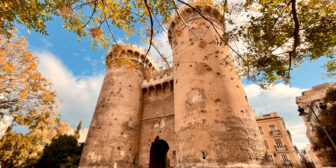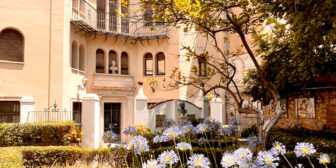The Holy Grail or the Holy Chalice – the cup from which Jesus drank at the Last Supper – is perhaps one of the most sought-after relics in history. Tales of its power, mystery, and divine significance have captivated generations for centuries. While there are various legends and claims surrounding the Holy Grail, the Holy Chalice of Valencia is believed by many to be the authentic one. If you plan to see it during your visit, here are some interesting facts to know before you go.
In This Article
The Holy Grail is on display in the Valencia Cathedral
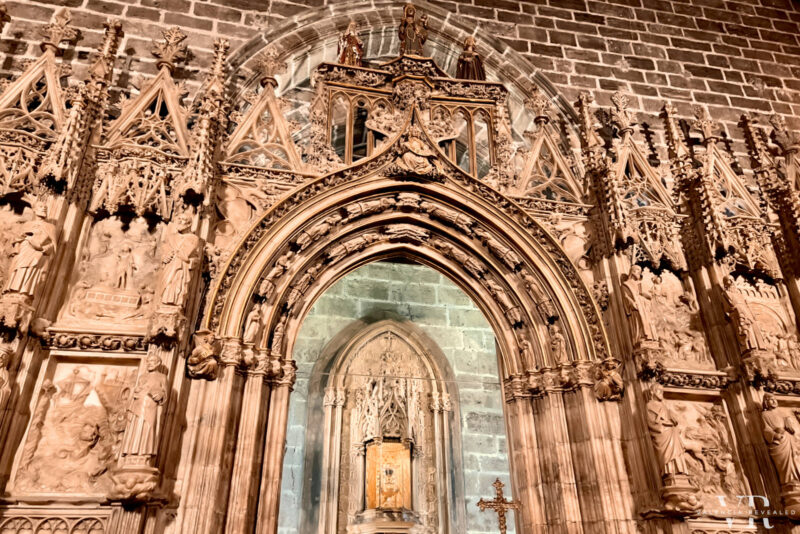
The Holy Chalice is hosted within the majestic walls of St Mary’s Cathedral in the city center of Valencia. It is prominently displayed in its own chapel, called the Chapel of the Holy Grail, the first chapel to the right as you enter through the main gate. The Holy Grail is kept enclosed behind protective glass and you can only see it from a relative distance, yet close enough to appreciate its intricate details.
The Holy Grail of Valencia had a mysterious journey
It is said that during the 1st century AD, the Holy Chalice traveled from Jerusalem to Rome where it was used during mass. In the 4th century, when the Christian persecution started, the chalice was taken to Huesca and then the monastery of San Juan de la Peña in Northern Spain where it remained for several centuries. In 1399, the Holy Grail became part of King Martin of Aragon’s reliquary.
The chalice has been in Valencia since the 15th century
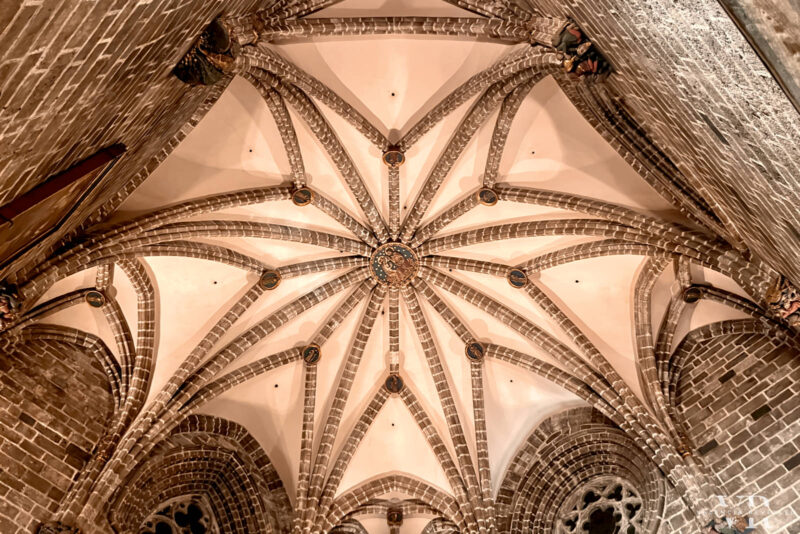
At the beginning of the 15th century, the chalice was brought to Valencia by King Alfonso the Magnanimous. During its first few years in Valencia, the chalice was kept in the Royal Palace. The palace no longer exists, but you can visit the beautiful Jardines del Real gardens that were built in its place. In 1437, the relic entered the possession of the Valencia Cathedral and it has been on display in a beautiful Gothic chapel since 1916.
Also read: 10 Most Beautiful Parks and Gardens in Valencia
The Holy Chalice has been through a lot
During its long history, the Holy Chalice has been through a lot. While little is known about the first millennia and a half of its existence, its mishaps since it came to Valencia are better documented. For example, in the 18th century, it accidentally fell to the ground during mass. During the Peninsular War (1807 – 1814) it was moved to Alicante, Ibiza, and Palma de Mallorca for safekeeping. Eventually, during the Spanish Civil War (1936 – 1939), a local family took it into their home on Calle de Avellanas, 3. The house is now known as Sabina Suey’s house, after the woman who took care of it.
The Holy Grail leaves its chapel twice a year
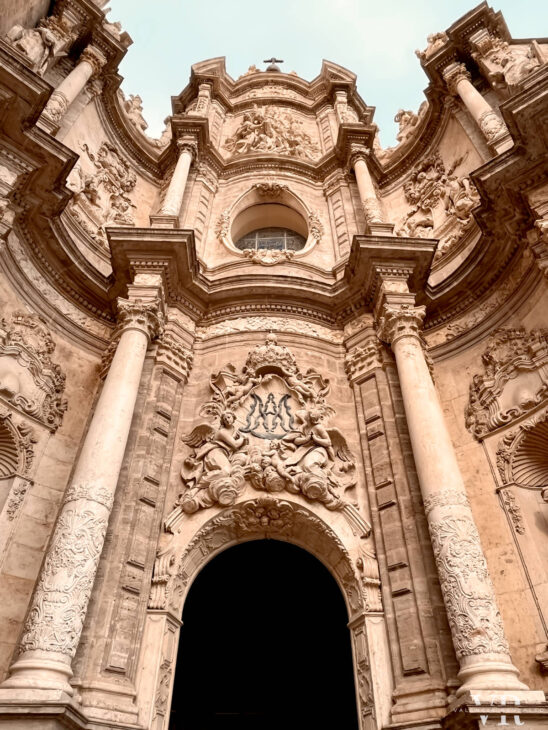
While you can see the Holy Grail on display in its chapel inside the cathedral year round, there are two occasions when you can actually see it in action, so to speak. One of them is on Holy Thursday and the other is on the last Thursday of October when the Holy Chalice Mass is held. If you visit Valencia for Easter or in late October, you might be lucky enough to see it being used during mass. Incidentally, April and October are two of the best months to visit Valencia.
The Holy Grail of Valencia has been recognized by the Pope
In 2006, Pope Benedict XVI declared the Holy Chalice of Valencia a genuine relic, and Valencia was designated the “City of the Holy Grail” along with seven other cities around the world. The Vatican’s recognition added to the cup’s significance and solidified its status as a cherished and revered relic, drawing crowds of believers and curious minds from all corners of the globe. Pope Benedict XVI but also Pope John Paul II held mass with the Holy Chalice when they visited Valencia in 2006 and 1982 respectively.
It has a strong connection to the legend of King Arthur
The Holy Grail gained prominence during the medieval period when it was believed to possess miraculous powers. Many stories and legends surrounding it were born during this time and the cup was forever linked to the Arthurian legend of the Holy Grail, the Knights Templar, and more recently to the Indiana Jones movies. However, through the centuries,
it has also been repeatedly immortalized in paintings, some of which can be found at the Museum of Fine Arts, the Cathedral Museum, and the El Patriarca Museum in Valencia.
Also read: 10 Best Museums in Valencia You Must Visit
The Holy Grail of Valencia is one of the oldest Christian relics
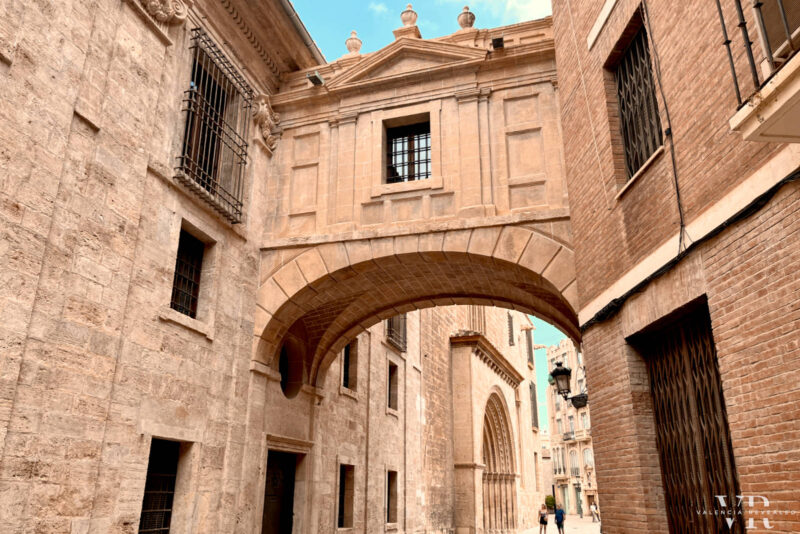
Archeological studies revealed that the cup dates back between the 4th century BC and the 1st century AD and that it has been carved in a workshop somewhere in the Middle East. This makes it plausible that it indeed could have been used by Jesus at the Last Supper. Plus, since it’s at least two thousand years old, the Holy Grail of Valencia is therefore one of the oldest Christian relics in existence.
The Holy Grail of Valencia looks quite intriguing
The Holy Chalice of Valencia measures approximately 9 cm in height and 9 cm in diameter. It is made of a dark red agate, a semi-precious stone. The two golden handles and the base inlaid with gemstones are believed to have been added much later, during the Middle Ages.
The Holy Grail of Valencia is a reason for pilgrimage for many
The Holy Chalice of Valencia attracts numerous visitors and pilgrims who come to see and venerate it. However, while the Holy Chalice of Valencia is held in high regard by many, it’s good to take into consideration that the authenticity of its connection to the Last Supper is more a matter of faith and belief rather than a proven historical fact.


